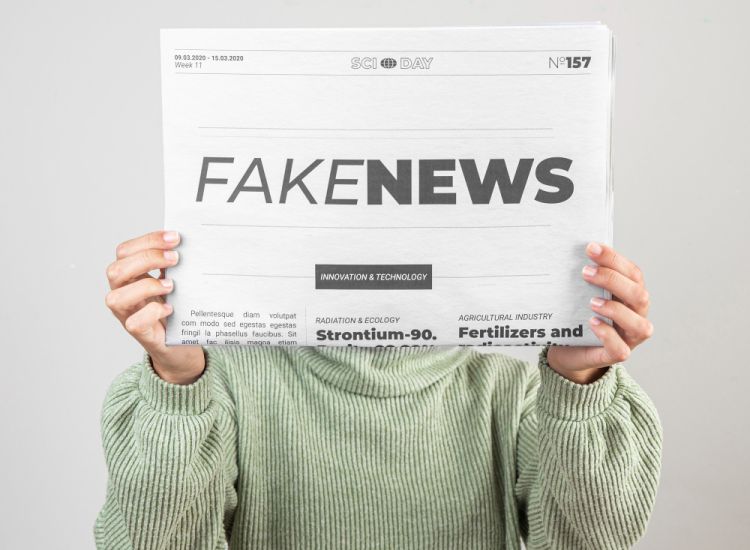Fake news is a long-standing issue in the media, but the rise of artificial intelligence brings a new twist: fake content in general.
We are talking about images like the one of the Pope in a puffer jacket, or songs with the voice of other artists that never recorded them, that are increasingly difficult to discover if they are real or not.
As deepfake tools refine and become more accessible for the general internet user, organizations like DARPA, Microsoft, and IBM are working in technologies that can identify fake content.
In any case, it is essential to raise awareness and educate people on these strategies so that they are aware of the existence of deepfakes and their manipulative potential.
Why is information literacy important?
During 2022, half of the world population between 16 and 64 years old use the internet to stay updated with the news, a quantity that in Argentina rose to 63%, according to DataReportal’s annual report.
In our country, 4 out of 20 most visited websites are news portals: Infobae received 163 million visits last year, La Nación 77.9, Clarín 64.4 and Olé 49.6.
Africa Check, Chequeado and Full Fact conducted research —before the pandemic— in which they concluded that some demographic groups are more likely to take opinions as facts:
Older adults and those with lower levels of education generally have difficulty separating factual statements from opinions.
Older adults struggle to identify the sources of articles, although they may remember their content.
Nevertheless, all of us are prone to believe in repeated things that are easy to process and align with our opinions of the world; to share information affected by our emotions, and to forget to check the sources of what we consume.







